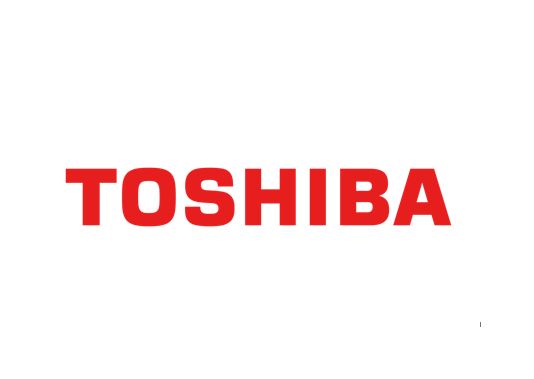KAWASAKI, Japan — Toshiba Energy Systems & Solutions Corporation (hereinafter “Toshiba ESS”), in collaboration as a consortium with DK Medical Solutions, a Korean leading global medical company, has been awarded a contract to supply a heavy-ion therapy system to Seoul National University Hospital (hereinafter “SNUH”), the leading provider of medical services in Korea. This is the second overseas contract of a heavy-ion therapy system in Korea for Toshiba ESS.
The awarded heavy-ion therapy system will be equipped with one rotating gantry treatment room and one horizontally-fixed beam treatment room.
Heavy-ion therapy uses particles such as carbon ions to generate a high-energy beam that irradiates cancerous tissues—the system accelerates carbon-ion beam to up to 70% of the speed of light and delivers a concentrated dose of radiation to the targeted part. In addition to being fast and minimally-invasive, it ensures pinpoint and lethal irradiation to cancerous tissues efficiently, with minimum damage to surrounding healthy tissues, and with fewer fractions compared to other radiotherapies.
The system will even be equipped with the most state-of-the-art technology in terms of measuring the high dose rate and the large field size.
Seoul National University Hospital was established in 1978 and has been the affiliated hospital of Korea’s top national university, Seoul National University. It is the leading top-notch general hospital in Korea and continues taking in advanced medical technology. It treats over 10,000 outpatients per day and over 300 patients in Radiation Oncology. Planned construction site of the heavy ion beam therapy device is located at Busan, Korea, separated place from the hospital in Seoul. The facility is specialized in the treatment with heavy ion therapy.
Toshiba ESS has been developing heavy-ion therapy systems in collaboration with National Institute for Quantum and Radiological Science and Technology (QST/NIRS) for decades and has made contributions to several heavy-ion facilities in Japan. Highly-advanced technologies such as quick-and-accurate patient positioning, 3D high-speed scanning irradiation, respiratory gating and rotating gantry, have been already used in the existing facilities. Especially, the downsized rotating gantry owing to superconducting magnets and an advanced irradiation nozzle are the key differentiators of Toshiba ESS technology. Toshiba ESS continues research and development of its new technologies to apply and expand further the potential of heavy ion therapy. These front-line achievements have been highly evaluated by SNUH, which has led to the award.
Commenting on the contract with SNUH, Mamoru Hatazawa, President and CEO of Toshiba ESS said, “Toshiba ESS is highly honored and look forward to the collaboration with SNUH, one of the biggest and historically oldest hospitals in Korea. Our heavy ion therapy system has already proved its performance in the existing facilities and I am confident that our advanced heavy ion therapy system with the latest technologies will highly contribute to the advanced cancer treatment and research in SNUH.”
Dr. Kim Yon Su, President & CEO of SNUH said, “Heavy-ion therapy is considered as the next horizon of cancer treatment worldwide. SNUH hopes that the introduction of Toshiba’s heavy-ion therapy system will serve as the new major cornerstone in cancer therapy. We will accelerate our research and development of cutting-edge cancer therapy systems to realize high standard cancer treatment and contribute to society.”
Toshiba ESS continues to contribute to expansion of heavy ion therapy worldwide and realization of high quality cancer treatment.
Movie
Picture of the Ceremony





